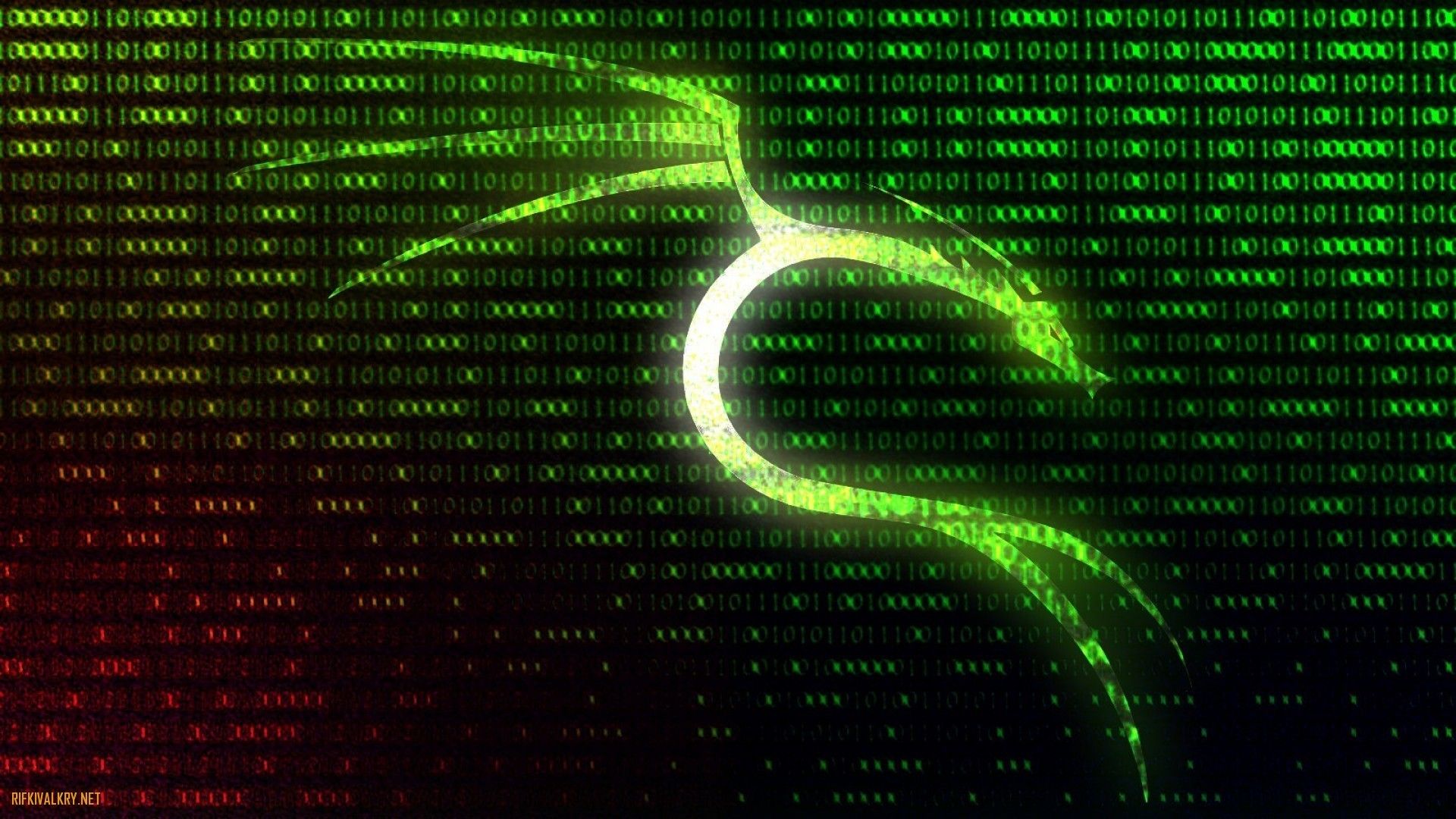Cyber Threats to Military Installations and Infrastructure in the Modern Age
Cyber Threats to Military Installations and Infrastructure in the Modern Age
In today’s interconnected world, military installations and critical infrastructure face an evolving landscape of cyber threats that challenge traditional defenses. As the digital age progresses, adversaries have developed increasingly sophisticated methods to breach, disrupt, and compromise these crucial assets. This article explores the nature of contemporary cyber threats targeting military installations and infrastructure, and underscores the importance of penetration testing through the lens of ancient wisdom from Sun Tzu’s “The Art of War.”
Modern Cyber Threats to Military Installations
- Advanced Persistent Threats (APTs): Advanced Persistent Threats are highly sophisticated and targeted cyber-attacks carried out by well-funded and skilled adversaries, often state-sponsored. These threats aim to gain unauthorized access to military networks, remaining undetected for long periods while exfiltrating sensitive information or compromising operational capabilities. The 2010 Stuxnet worm, which targeted Iran’s nuclear facilities, exemplifies the precision and impact of APTs.
- Ransomware Attacks: Ransomware attacks encrypt critical data and demand payment for its release. Such attacks have increasingly targeted critical infrastructure, including military installations. The 2021 Colonial Pipeline ransomware attack demonstrated how such cyber incidents can disrupt essential services and have far-reaching consequences.
- Insider Threats: Insider threats involve individuals within an organization who misuse their access to harm the organization. In a military context, insiders can be disgruntled employees, compromised personnel, or individuals manipulated by adversaries. These threats are particularly challenging because they exploit trusted access and knowledge of internal systems.
- Supply Chain Attacks: Cyber attackers may compromise the software or hardware supply chain to infiltrate military networks. These attacks exploit vulnerabilities in third-party software or hardware, often going unnoticed until significant damage is inflicted. The SolarWinds attack in 2020 is a notable example of how such vulnerabilities can be exploited to breach high-security networks.
- Denial-of-Service (DoS) and Distributed Denial-of-Service (DDoS) Attacks: DoS and DDoS attacks aim to disrupt services by overwhelming systems with traffic. For military installations, these attacks can cripple operational capabilities, disrupt communication, and degrade the effectiveness of defense systems.
The Importance of Penetration Testing
Penetration testing, often referred to as ethical hacking, involves simulating cyber-attacks to identify vulnerabilities and weaknesses in systems before malicious actors can exploit them. In the context of military installations and infrastructure, penetration testing is crucial for several reasons:
- Proactive Defense: Penetration testing allows military organizations to identify and address vulnerabilities before adversaries can exploit them. By proactively assessing the security posture, military installations can implement remediation strategies to strengthen defenses.
- Enhancing Incident Response: Regular penetration tests help improve incident response capabilities by simulating real-world attack scenarios. This practice helps military personnel understand potential attack vectors and develop effective response strategies to minimize damage during actual incidents.
- Compliance and Risk Management: Penetration testing assists in meeting regulatory and compliance requirements, ensuring that military installations adhere to security standards and best practices. It also aids in managing risk by providing insights into potential threats and vulnerabilities.
- Continuous Improvement: The cyber threat landscape is constantly evolving, and penetration testing provides valuable feedback for ongoing security improvements. Regular assessments help military installations stay ahead of emerging threats and adapt their defenses accordingly.
Sun Tzu’s Wisdom and Penetration Testing
Sun Tzu’s ancient military treatise, “The Art of War,” offers timeless strategic insights that are relevant to modern cybersecurity practices. Key principles from Sun Tzu that underscore the importance of penetration testing include:
- Know Your Enemy and Know Yourself: Sun Tzu emphasizes the importance of understanding both your adversary and your own strengths and weaknesses. Penetration testing aligns with this principle by providing insights into potential vulnerabilities and how adversaries might exploit them. It allows military organizations to better understand their security posture and address weaknesses before adversaries can capitalize on them.
- The Element of Surprise: “The Art of War” highlights the strategic advantage of surprise. Penetration testing can simulate surprise attacks, helping military installations prepare for unexpected threats. By anticipating and preparing for various attack scenarios, military organizations can enhance their readiness and resilience.
- Preparation and Adaptation: Sun Tzu advocates for thorough preparation and adaptability in warfare. Penetration testing supports this principle by identifying areas for improvement and facilitating adaptive strategies. Regular testing ensures that defenses are continually refined and adapted to counter evolving cyber threats.
- Strengths and Weaknesses: Understanding and exploiting strengths and weaknesses is central to Sun Tzu’s strategy. Penetration testing helps military installations identify and address their weaknesses while fortifying their strengths. This knowledge enables them to build more robust defenses and develop effective countermeasures.
The modern age presents unprecedented cyber threats to military installations and infrastructure, necessitating proactive and strategic approaches to cybersecurity. Penetration testing plays a vital role in identifying and mitigating vulnerabilities, enhancing incident response, and ensuring compliance. By applying Sun Tzu’s timeless principles from “The Art of War,” military organizations can fortify their defenses, improve preparedness, and stay ahead of evolving cyber threats. In the ever-changing landscape of cybersecurity, the wisdom of ancient strategies combined with contemporary practices provides a powerful approach to safeguarding critical assets and ensuring operational security.

